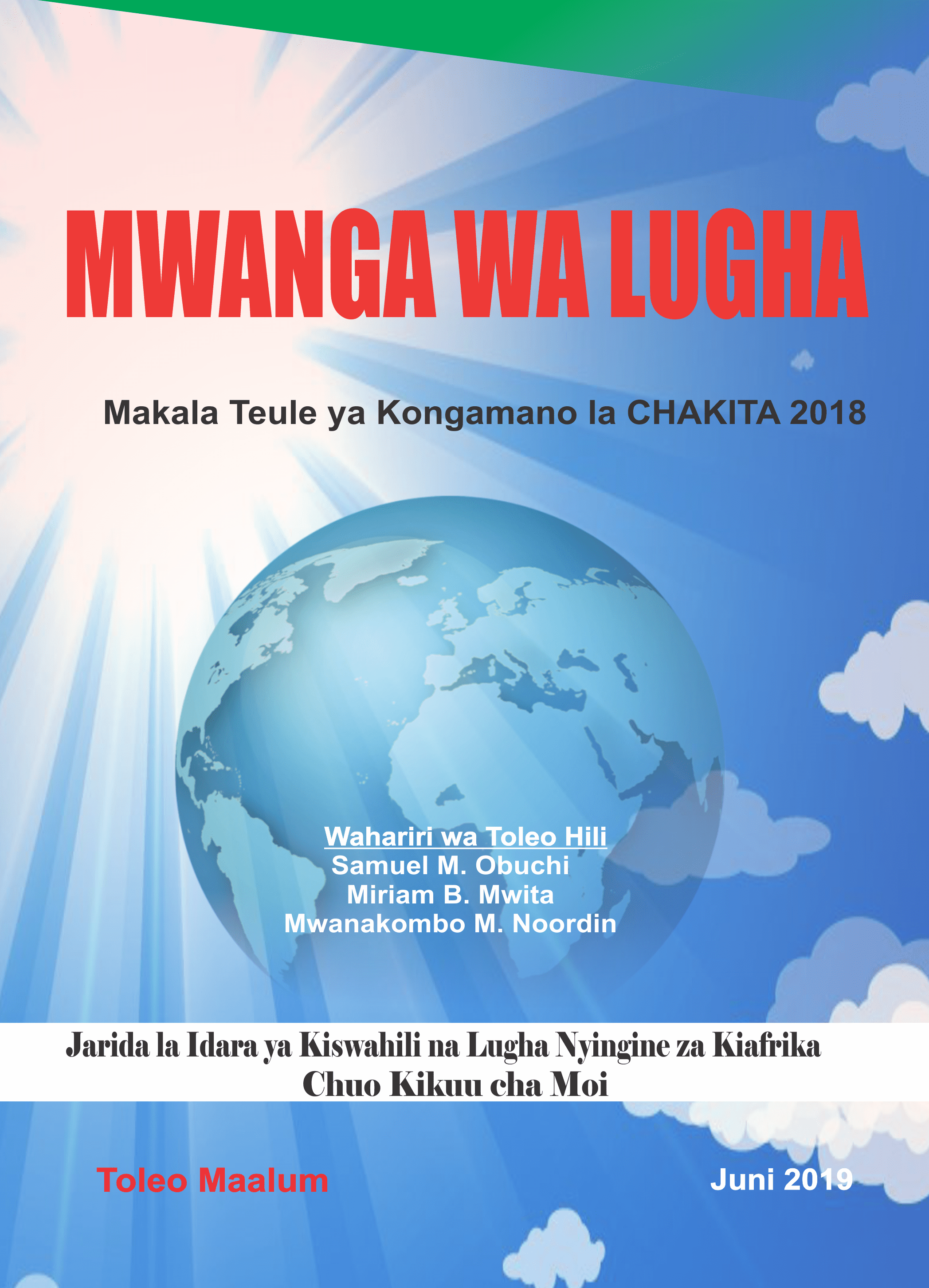Metonymical Interpretation of Conceptual Mappings in Kiswahili Metonymy
Keywords:
Metonymy, Idealized Cognitive Model (ICM), Source Entity, Target Entity, Cognitive GrammarAbstract
According to traditional theorists, metonymy is interpreted as a figure of speech used in language. This means that metonymical processes involve transfer of meaning of words or entities which have a reference relationship with the meaning of other words or entities. Further, metonymy has been studied as an aesthetic figure of speech used in poetry and literature as a literary device. However, in recent times, this traditional view about metonymy has taken a different perspective where cognitive linguists such as Lakoff and Johnson (1980) have shown that metonymy is conceptual in nature. This approach theorizes that metonymy is a relationship between concepts and not just mere words. This view is supported by Langacker (1993) who points out that metonymy is a cognitive process through which language users gain access to a mental entity through another entity. Arising from this shift in paradigm about metonymy, there is need to investigate how conceptual mappings in the mind are interpreted in Kiswahili metonymical constructions. To achieve this, this chapter is guided by the Conceptual Metaphor Theory as proposed by Lakoff and Johnson (1980).

